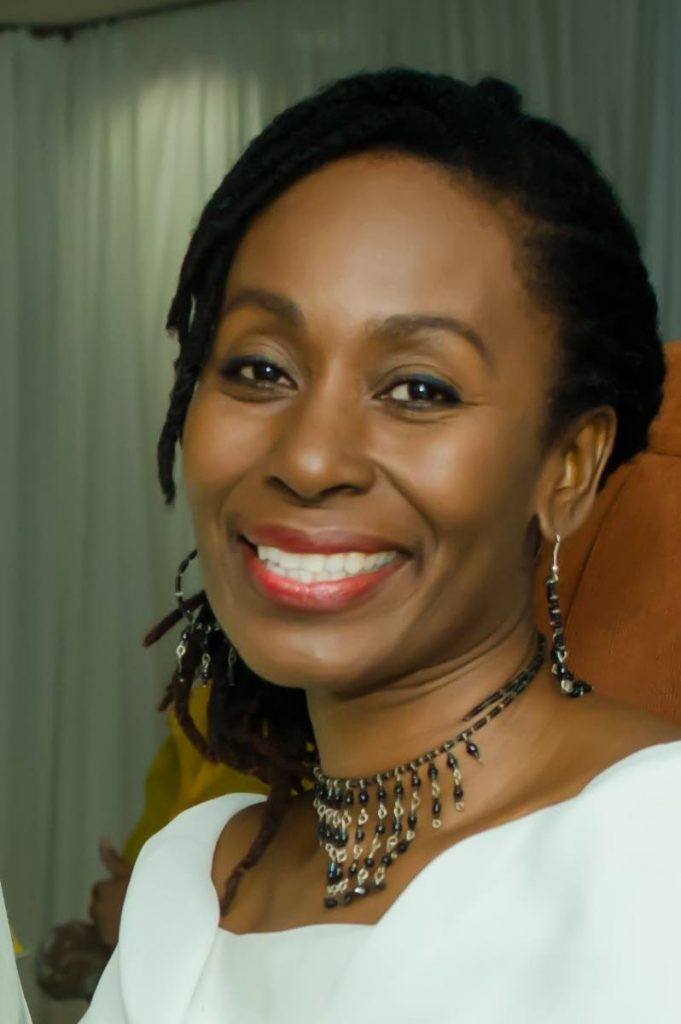Music, a catalyst for faith

Culture Matters
“The way in which we worship God is with our voices, singing. When we sing we pray twice.”
– Elizabeth Black, Virginia Catholic Church
WE WERE so glad when the drum set appeared at the little church in Laventille. Rather, the young people were glad; my grandmother and her peers hated the idea that their sacred church music would now be desecrated by “noise.”
This was however not a battle the elders could win. Attendance at church was not just waning, it was aging. These were an unhealthy combination for the growth of a parish or the reputation of its priest. In the end, the music triumphed.
This week has been one dominated by faith. By vaccine talk too, but perhaps talk of covid19 and vaccination is also a topic of faith? But I digress.
This week, the Spiritual Shouter Baptists followed health regulations, but flexed their strengthening numbers with talk of quotas for their schools (like the Catholics) and a cathedral. Over this weekend, TT continues to be in public holiday overdrive with the commemoration of Easter. And both Hindu and Catholic worshippers will find ways to honour Siparee Mai even with no festival of La Divina Pastora, the Divine Shepherdess.
I understood much later that those of my grandmother’s generation would have felt that the drums violated the type of songs, music and instruments associated with their faith. Naturally, they would have been fully indoctrinated into the tradition of Gregorian chants, described as “the music of the Catholic Church.” “O come, O come, Emmanuel/And ransom captive Israel...Rejoice! Rejoice! Emmanuel/Shall come to thee, O Israel.”
Music, song and sounds are at the core of how we worship in TT. The plaintive sound of a conch shell signals to members of the Ifa/Orisa belief system that spiritual energies are being summoned. In the Hindu temple, the bell is rung and small circles are traced as devotees walk around the sacred space below the bell. They bow, to show their humility and their respect. In our indigenous communities, the chac chac, drum and human voice are essential to rituals and ceremonies that evoke positive energies for the community.
In the world of calypso, the journey of Ras Shorty I is a fascinating one. In the late 1970s he braved considerable national controversy when he introduced traditional East Indian melodies into calypso-inspired praise songs, even using instruments such as the dholak and tabla. “Singing Om Shanti Om/Shanti, Shanti Om.”
In the 1990s there seemed to be an intensification of experimentation with religious music to allow it to appeal to mass audiences. In Europe, a mysterious Romanian musician produced a global hit using Gregorian chants set to euro dance beats. In TT, Ella Andall released Oriki Ogun: a Suite of Chants to Ogun, which brought traditional African music to a new kind of national consciousness. This was followed by praise songs to Sango. Songs of the Orisa Palais was also produced under the guidance of Rawle Gibbons, Eintou Springer and Baba Sam Phils, to document and popularise the music of Orisa yards.
In Cuba, Orishas, an award-winning band, was also experimenting with traditional African beats, indigenous Cuban beats and hip-hop. Their song Cuba Isla Bella speaks of the pain of missing home and starts with a traditional prayer, “Aché Cuba Ippo Cum Poppo Epum Cobo Ur/Choró Ayé A Titaquiré Aché Poppo Orisa/Cuando no estoy contigo, yo te invento (When I'm not with you, I invent you)...”
But, I still felt that this kind of music needed to go in a different direction to make it more accessible. Then in 2018, when I heard the Afrobeat masterpiece, Soco by Nigerian artist Wizkid, I knew. Influenced by a Christian mother and Islamic father, his music extends to traditional African rhythms, hip-hop, dancehall, reggae and R&B. “Eledumare bless you with body oh baby oh/StarBoy go bless you with money oh omoge oh...” OK, so the lyrics are not necessarily what one would associate with a supreme being, but you get my point.
As far as I know, so-called modern music is still played in the little Laventille church. Music helps us to deepen that meditative state, where we have clarity and are ready to receive the blessings of the universe. In such a state, perhaps we end up praying more than twice. Perhaps the music takes us to realms we have yet to comprehend. Either way, music is a catalyst to faith and a better understanding of our place on this earth. Amin. Om. Amen. Ase.
Dara E Healy is a performance artist and founder of the Indigenous Creative Arts Network – ICAN


Comments
"Music, a catalyst for faith"